We have the following enumeration: hyperlink, hyperconsumerism, hyperbole, Hyperion, hyperousia. Then this one: Danube, art, philosophy, photo-video, anthropology, landscape, posthumanism. If we conducted a simple experiment where we asked participants – on the street or selected from among high-ranking students – to answer in which of the two series there is a stronger connection in meaning between the terms, almost all would likely point to the first, even though the last word would be familiar only to those into negative theology and the second-last makes one think more of a private university [Hyperion University in Bucharest – tr. note] than of Hölderlin. The last few decades of research on priming have shown the frightening ease with which our minds can be primed and anchored (even the way I began this text is a little attempt at manipulation through key-words). Thinking is not a linear process, but a multitude of networks and semantic nets that we cast upon the world.
In a way the artistic research carried out by project D Platform’s team is about just that: the familiar coherence that our minds spontaneously find – because they project themselves on the data, on nature – is often deceptive.
Far from pulling a series of catchy words out of the proverbial Dada hat and assembling a poem, counting on the receivers’ need for meaning, the artists, anthropologists, and philosophers involved in this project, which concluded with the exhibition opened on November 17 at Victoria Art Center and curated by Raluca Nestor Oancea, attempt to transform the Danube area into a deterritorialized (but by no means de-politicized) field of experience and reflection. (Post)critical thought on the Anthropocene, a rhyzomatic thought, fluid and aquatic when not subterranean, with nodes and inter-nodes of meaning, transforms the Danube area in D Platform’s portal – in all senses of the word. From here we can behold – with the blurry, still hazy vision of someone just emerged from a cave – the dawn of a new episteme (or paradigm) looming on a global scale: the posthuman, with its ideology posthumanism. One pole of this paradigm is the becoming-nature, conjoining ecological sensitivity with the resurrection of (anti)philosopher Diogenes’ cynical and ostentatious animality in collective Eco-Art actions or radical neo-avant-garde performances. The other is the becoming-cyborg, the chilling specter of the “obsolescence of the human” (Anders), which becomes gradually replaced by its perfect creations, its machines – including those with which we make hi-tech photo-video art nowadays.
Following a few intermediary exhibitions in the last two years (at Galeria Posibilă in Bucharest and Galeria apARTe in Iași last year and at ALERT studio in Bucharest this summer), D Platform Season 2 represents, for me, a double curatorial success. First of all, I salute the achievement of putting into dialogue in a common frame artists working in different media, with varying photo-video and installation practices, thereby transgressing the circle in which the mentorship of an artist and teacher like Iosif Király manifests. I also appreciate a certain kind of paradox that the exhibition openly, intelligently, even ostensibly displays. Said paradox being the technological elegance, the high-end production quality of the exhibited materials, and their Cartesian arrangement , transforming the Danube area from pre-text to a hypertext articulating the critique of human contrivance (see Heidegger’s Question Concerning Technology) and offers a fresh perspective on residual nature, on nature as waste extricated from the modern subject’s “will to power” – but all of this is done making use, ironically, of the most advanced art production tech in a perfectly controlled environment. The lesson that the aforementioned anthropologists, artists, and philosophers took in is that any attempt of presenting nature “as it is” is undermined from the first moment: the moment in which nature, in order to be thought of and reflected upon, finds itself placed in an oppositional structure, like nature/culture, nature/technology, man vs. nature, etc. Nature, in this case the Danube area, as a continuous process of washing away and, at the same time, of depositing sediment/archiving traces of technology, represents therefore an empty space oversaturated with cultural significations and hyperlinks, in the midst of which the artist can feel free to experiment – with themselves and their own prejudices.
Upon entering Victoria Art Center’s space we’re introduced into the general theme of the exhibition (nature – posthuman, nature regaining subject status, in all senses of the word) by means of a delicate and poetic video by Olivia Mihălțianu (Trial Garden I), part of a more ample project of the artist, where she films, at different times, close-ups of vegetation from the garden parcel she curates at Tranzit. Next comes a room containing an ingenious dialogical project of artists Michele Bressan and Bogdan Gârbovan (Peste Dunăre): starting from the object found and installed by Michele Bressan (the sign of an old shop saying “Peste Dunăre”, in which the “grammatological” difference between “ș” and “s” is just as absent as in most posts on the internet nowadays [“peste” would mean “over” or “across”, while “pește” fish – tr. note]), Bogdan Gârbovan displays a series of photos in which the Romanian shore is photographed from across the Danube, from Bulgaria and Serbia. Another room shows a few fragments from Dani Gherca’s photo project titled Floating Against the Stream, a project of “reparatory cartography” (the phrase belongs to the curator). Seeing how the Romanian side of the Danube is the longest, but also the most neglected in western representations of the Danube area, the artist decided to frame the raw, unsettling views of areas absent from collective memory, encapsulating a special kind of vibration, mineral smell, and the feeling of a forgotten – but omnipresent through its effects – technological disaster, as in the world of Blade Runner 2049. Here we also have on display an extremely ingenious installation by Andrei Mateescu (Water under the Bridge), in full consonance with the group’s research: the human of industrial and consumer society is present through his devastating impact on the environment precisely where he is absent as a character. Andrei Mateescu’s photo praxis transforms waste objects (found in a recreation area for locals of the Danube shore) in the camera’s subject and project, gathering them from the ground and capturing them in the air, one by one, without Photoshop.
In the same room, the curator placed Proiectul ethnographic Corabia [The Corabia ethnographic project], undertaken by a team of young anthropologists supervised by Bogdan Iancu and Ileana Szasz (and mediated by Jasmina Al-Qaisi), who were also joined by a few artists from the general project. This series of excellent photos are thematic arrangements of the Danube area: leisure, channels, the new Danube technology vs. the remains of communist industrialization, water sources (abandoned wells), fishing, as portraits of locals, an implied reply to People of Romania at Galeria Simeza.
Artists coming from other artistic centers besides Bucharest, such as Lucian Indrei and the couple Nita Mocanu & Marius Stoica, bring valuable contributions. The former juxtaposes argentic with digital print on archiving paper (Delta D.M.Y.: Tulcea – Mahmudia), involving high-tech production, as I pointed out earlier. A large photo made me imagine a sort of Danube version of David Hockney’s California pools, with the expected similarities and differences. On the same tech tier (Giclée print, lightboxes) we have the two works by Lucian Bran (From Centuries Ago to Eons to Come), which have laborious research and a political stake behind: disappearing earth (Ada Kaleh), emerging earth (because of undredged sediment), moving earth (the Danube shore). Nita Mocanu & Marius Stoica contribute a video (Whenever I encounter a new thing) deconstructing the simple public/private opposition, starting from local a flea market moved to an imaginary Danube space: in fact a recontextualization of an element of an ample and fascinating online art project (etho.tk), shown summer 2017 at ODD in Bucharest.
The encounter with Raluca Paraschiv’s praxis was marked, in the opening night, by a vital injection of anarchy, in an exhibition space so minutely cut out and organized: one of the four Plexiglas boxes from the Cold Water project (prints with the frozen Danube, LEDs, and fragments of dry ice) exploded, being projected to the floor and launching fragments of ice in all directions: what better metaphor for the (natural or nuclear) catastrophe in whose imminence we live, without being able to resist the temptation of interpreting it as destiny, as punishment or nature’s revenge?
The last room belongs to reputable artist Iosif Király, whose ample photo montage titled Sinapse: Moldova Nouă suggests from its title the idea of neural network. What Iosif Király’s been working on and perfecting for the last few years is a kind of photographic reconstruction, involving painstakingly shooting the same background location at distinct moments and occurrences, and then constructing a polychronic image through a gestural selection, overlapping, and pasting. Iosif Király’s latest research subject isn’t the surrounding reality, but the “fictionalizing”, poetically-imaginative essence of though itself – as Heidegger once presented it – the one due to which we’re able to perceive and recognize an object as itself in spite of variations of time, perspective, place, distance, or the viewer’s mood. This is why I referenced recent studies on cognitive psychology at the beginning of this review. Ultimately, the point is not to index a number of views, but to convey the way in which our minds carry out the complex and multilayered process of registering an experience. In other words, the way in which the axis of experience is always already swallowed by the narrating self, as the collective memory permanently selects, imprints, and, in fact, reconstructs certain places – for instance the Danube area. Human memory as subject, a memory that ceaselessly transforms, subjectivizes, affects nature.
D Platform Season 2 was at Victoria Art Center between 17-25 November 2017. Between December 2017 – February 2018, some of the works travel to Boderline Art Center in Iași; the opening is on December 19th.
Artists: Lucian Bran, Michele Bressan, Bogdan Gîrbovan, Dani Gherca, Lucian Indrei, Iosif Király, Andrei Mateescu, Olivia Mihălţianu, Nita Mocanu & Marius Stoica, Raluca Paraschiv
Anthropologists: team supervised by Bogdan Iancu and Ileana Gabriela Szasz
Curator: Raluca Nestor Oancea
Translated by Rareș Grozea
POSTED BY
Cristian Iftode
Cristian Iftode (b. 1979) is Ph.D. Associate Professor in the Faculty of Philosophy, University of Bucharest, where he teaches courses on ethics, aesthetics and contemporary philosophy. His published ...
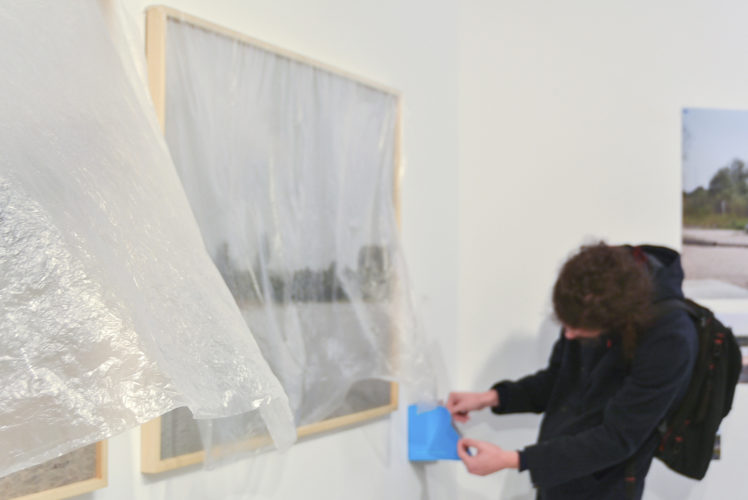
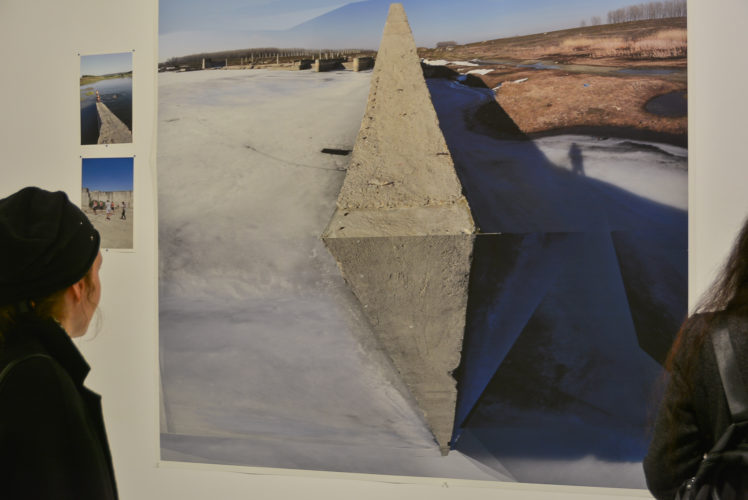
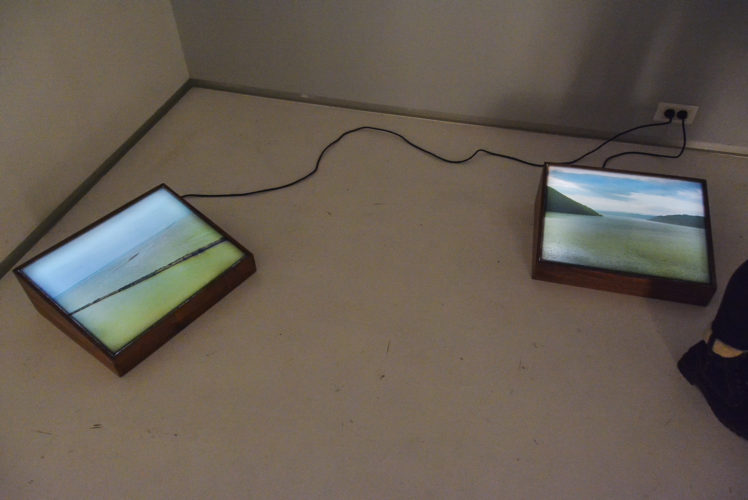
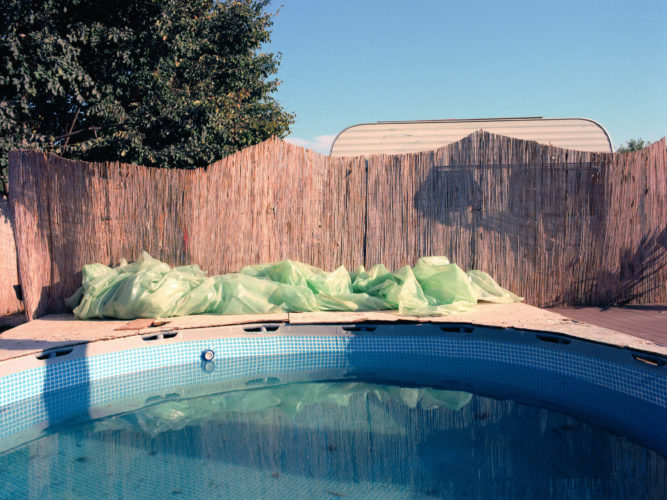
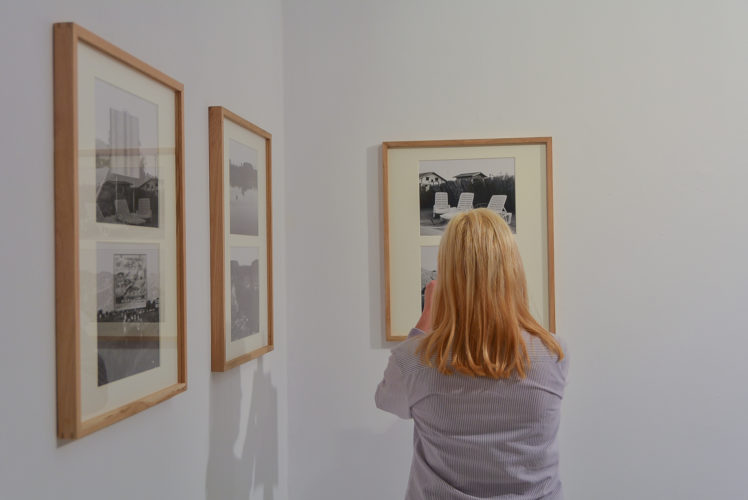
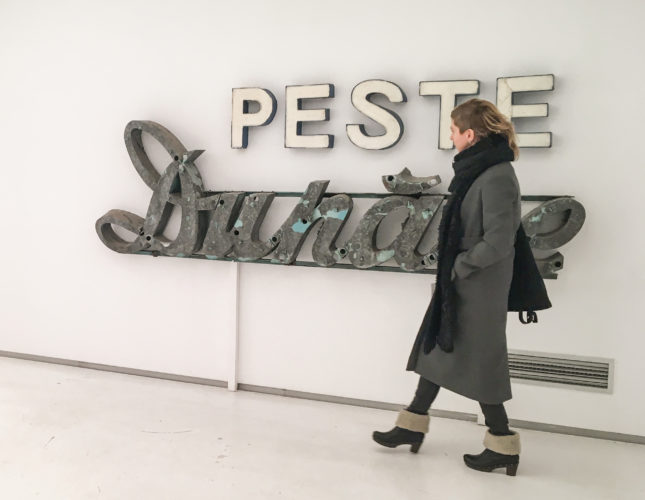
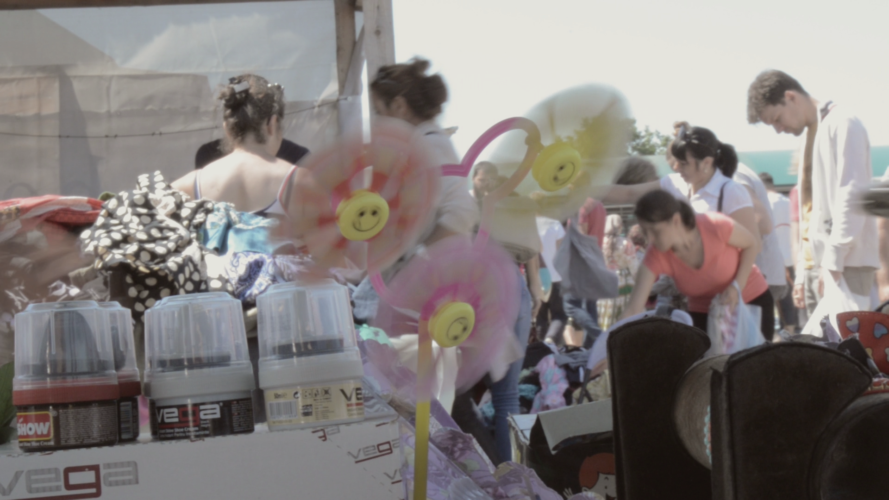
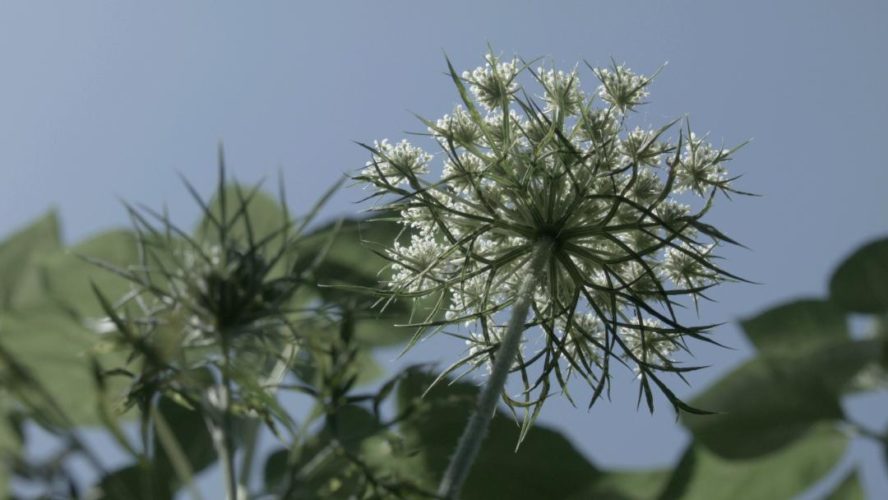
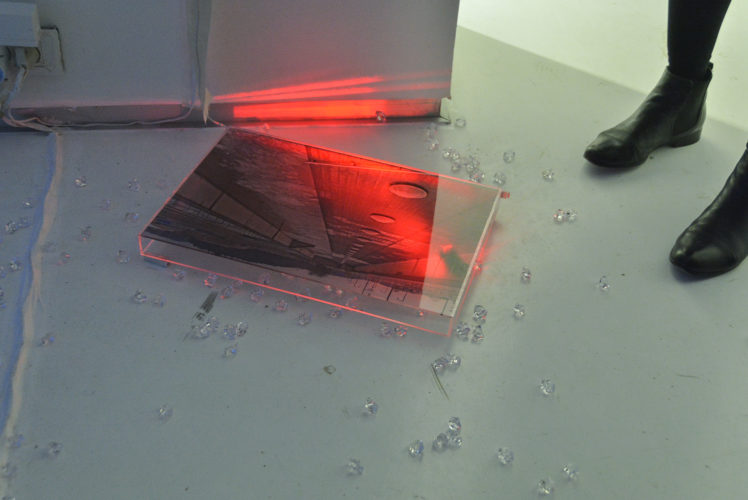
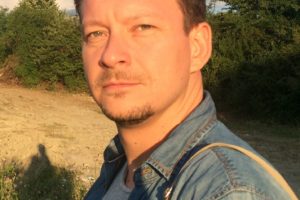
Comments are closed here.